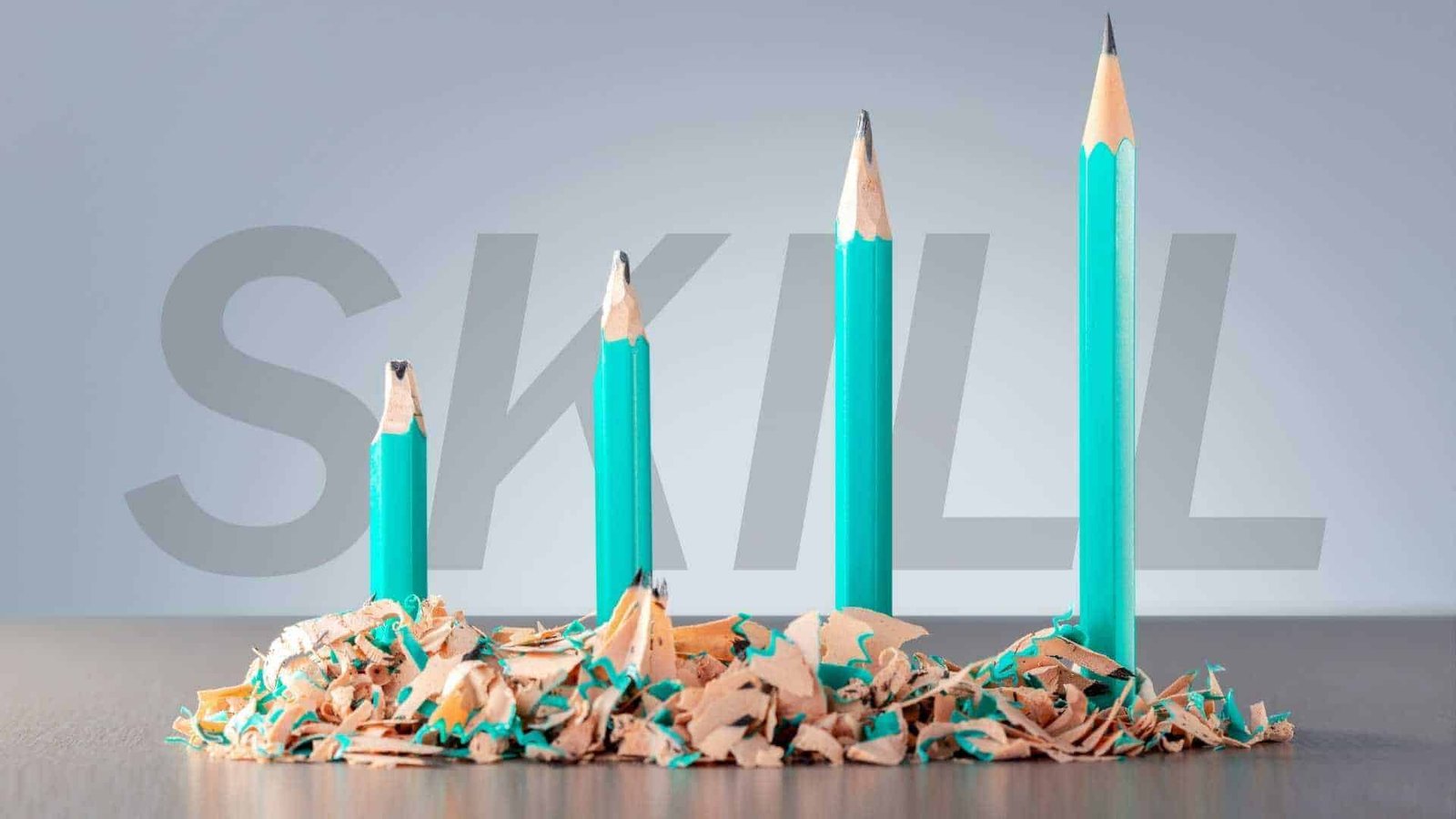Creative Skills and advice how to teach them

Creative skills are highly sought after in today’s world. From problem-solving to innovation, creativity is what helps individuals stand out. Major companies actively seek employees who can think outside the box, and fostering these skills in students gives them a competitive edge in future careers.
As teachers, our goal is to prepare students for success—not just in academics, but in real-world problem-solving. Teaching creative skills early empowers students to tackle challenges across all subjects and in life beyond school.

How to Teach Creative Skills in the Classroom
Developing creative thinking in students doesn’t have to be complicated. Below are five effective strategies that help students think critically, explore new ideas, and develop creative confidence.
1️⃣ Problem-Based Learning
📍 Give students open-ended challenges that require deep thinking.
📍 Encourage them to apply their knowledge creatively rather than relying on rigid formulas.
📍 Group problem-solving works well—whether it’s a debate, a real-world project, or a maths challenge, students benefit from collaborative creativity.
Problem-based learning also increases critical thinking skills as students must analyse, evaluate, and create solutions rather than simply memorizing information. Encouraging students to tackle real-world issues in the classroom fosters lifelong learning habits that will benefit them in their future careers.
2️⃣ Building a Learning Community
📍 Encourage students to share their thought processes and learn from each other.
📍 Exposure to different opinions and strategies helps students develop metacognitive skills.
📍 When students see how others approach creative tasks, they strengthen their own thinking and problem-solving abilities.
A strong classroom learning community fosters collaboration, adaptability, and creative problem-solving—all key skills needed in today’s evolving workforce. Encourage students to discuss their creative processes, reflect on why they made certain choices, and learn from each other’s perspectives.
3️⃣ Playful Experimentation
📍 Allow students to explore new ideas through trial and error.
📍 Instead of providing step-by-step instructions, let students experiment and find solutions in their own way.
📍 Creativity thrives in exploration! The more students experiment, the more they build confidence in creative problem-solving.
Encouraging unstructured creative play allows students to discover solutions organically, boosting their ability to innovate. Whether through art, STEM challenges, or storytelling, giving students opportunities to experiment without fear of failure helps them develop resilience and out-of-the-box thinking.
4️⃣ Encouraging a Growth Mindset
📍 Normalize challenges—always include a stretch question.
📍 Create a supportive environment where mistakes are part of learning.
📍 Help students set personal goals to encourage persistence and self-improvement.
A growth mindset fosters resilience and adaptability, both essential for creative thinking. Students who view challenges as opportunities rather than obstacles are more likely to push beyond their comfort zones and develop problem-solving confidence.
One effective way to build a growth mindset is by celebrating effort, not just results. Reinforce the idea that creativity is a process—it requires persistence, trial and error, and patience.
5️⃣ Practising & Refining Creative Skills
📍 Encourage students to revisit, improve, and refine their work.
📍 Whether it’s writing, art, or STEM projects, allow students to iterate on their ideas.
📍 This process builds metacognitive skills and strengthens their ability to think creatively in any situation.
Creative skill development isn’t about producing a perfect final product but about the process of iteration and growth. Encourage students to self-evaluate, seek feedback, and improve their ideas—all essential components of real-world problem-solving.

How Creative Skills Increase Student Learning
Teachers with years of experience have found ways to foster creativity that work for them and their students. Implementing these strategies can elevate student engagement, improve memory retention, and build deeper understanding across all subjects.
Why Creative Thinking Activities Matter:
🟣 Express themselves in new ways
🟣 Engage more deeply and gain confidence
🟣 Strengthen problem-solving abilities
🟣 Develop critical thinking and independent learning
🟣 Feel pride in their work and accomplishments
🟣 Reduce stress and anxiety—especially during exams
Students who develop strong creative thinking skills are better equipped to adapt to new challenges, think critically, and work collaboratively—all essential skills for 21st-century success.

Supporting Creativity in Education
Many schools focus heavily on standardized testing and structured curricula, but creativity must be intentionally cultivated. Research supports the idea that creative learning environments improve problem-solving skills, social-emotional development, and cognitive flexibility.
To learn more about why creativity is essential in education, check out this resource from Edutopia.
